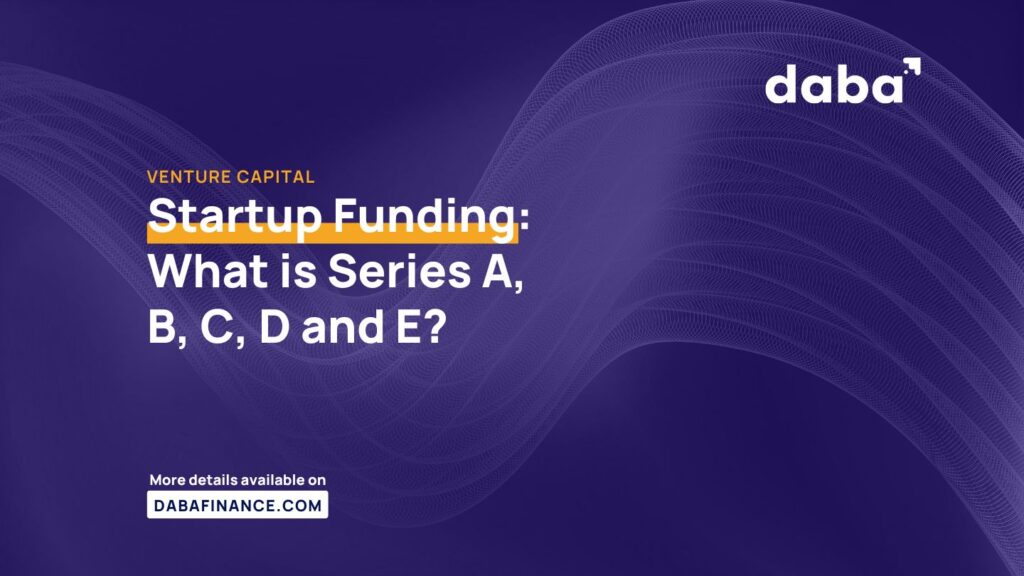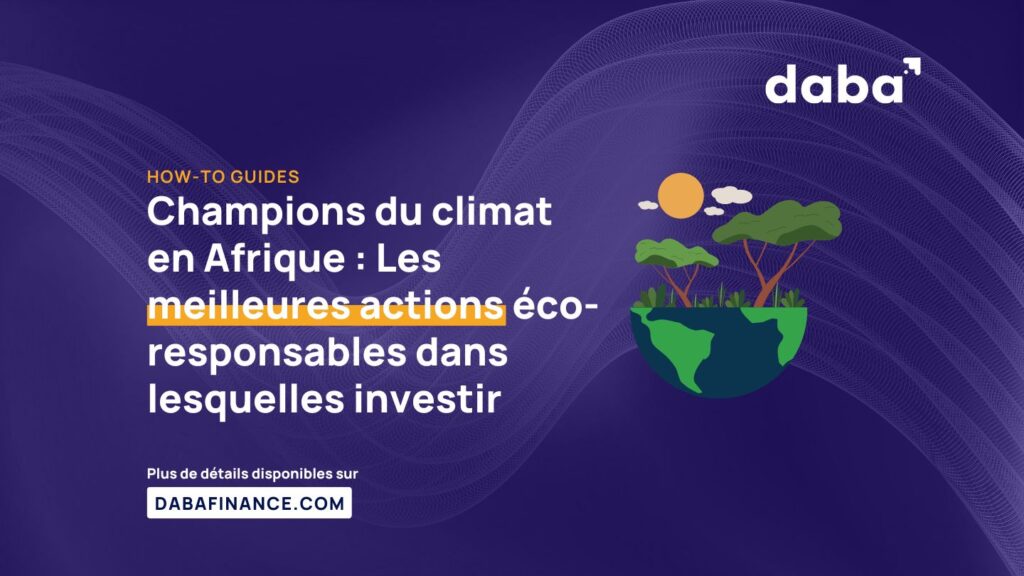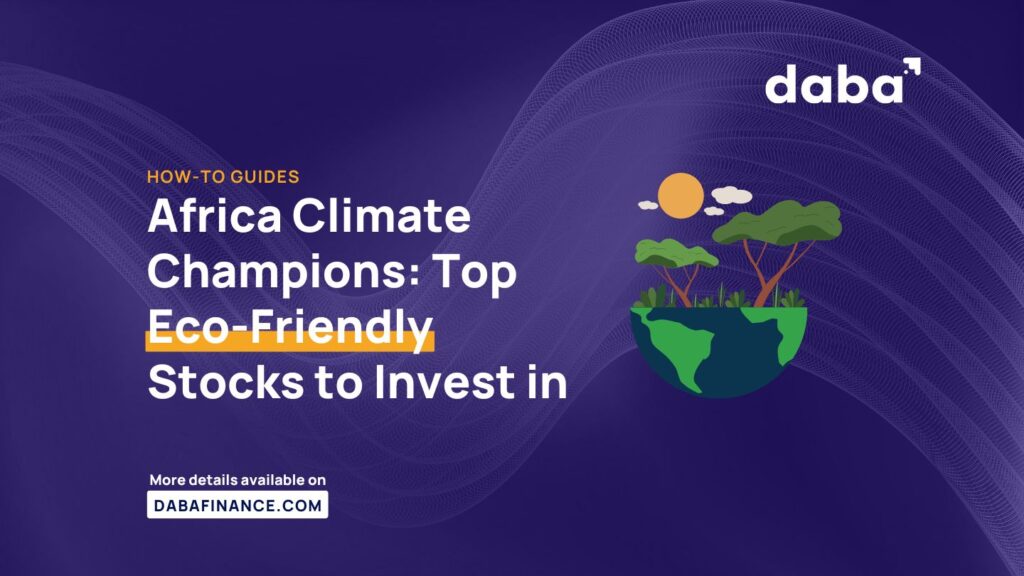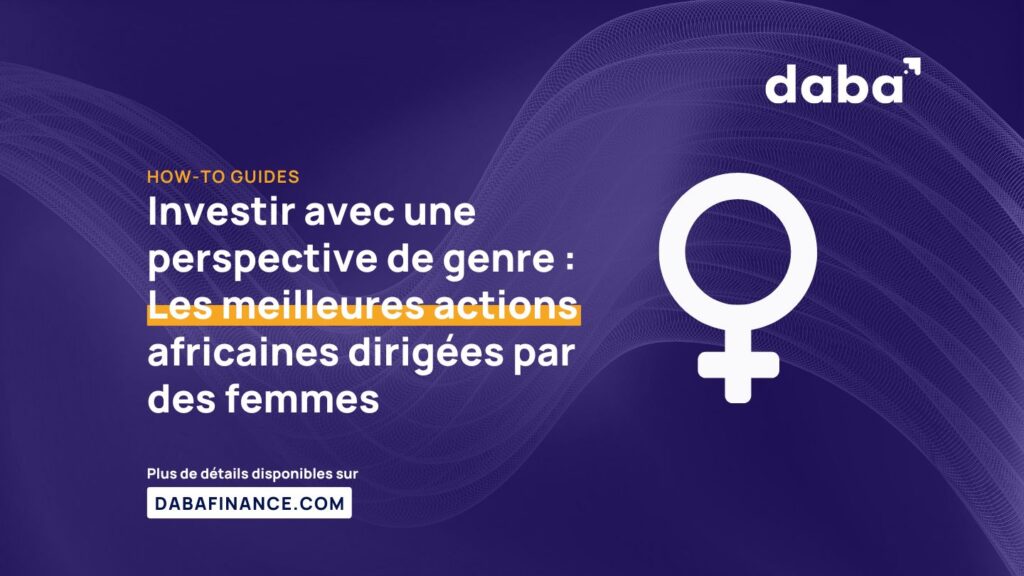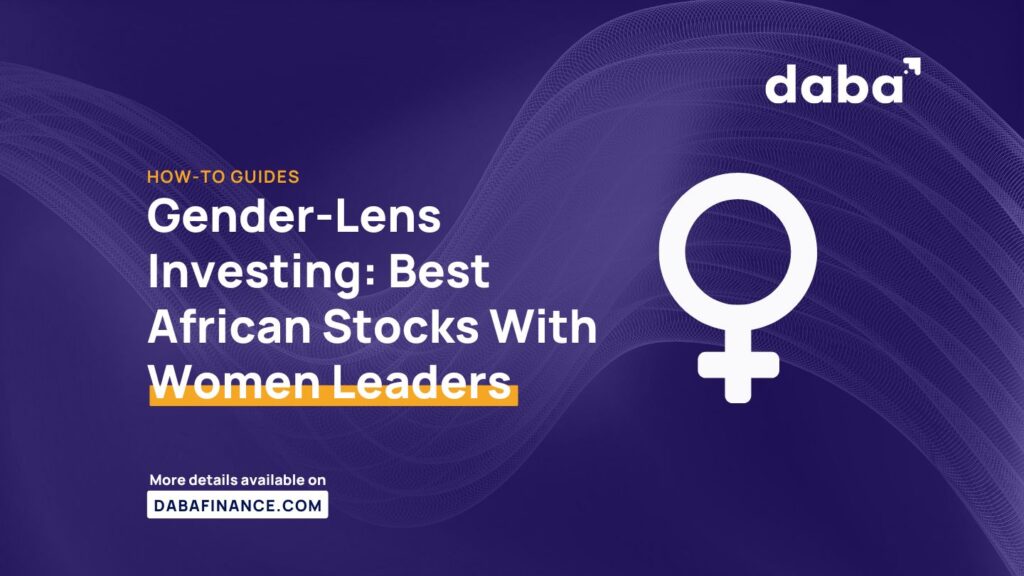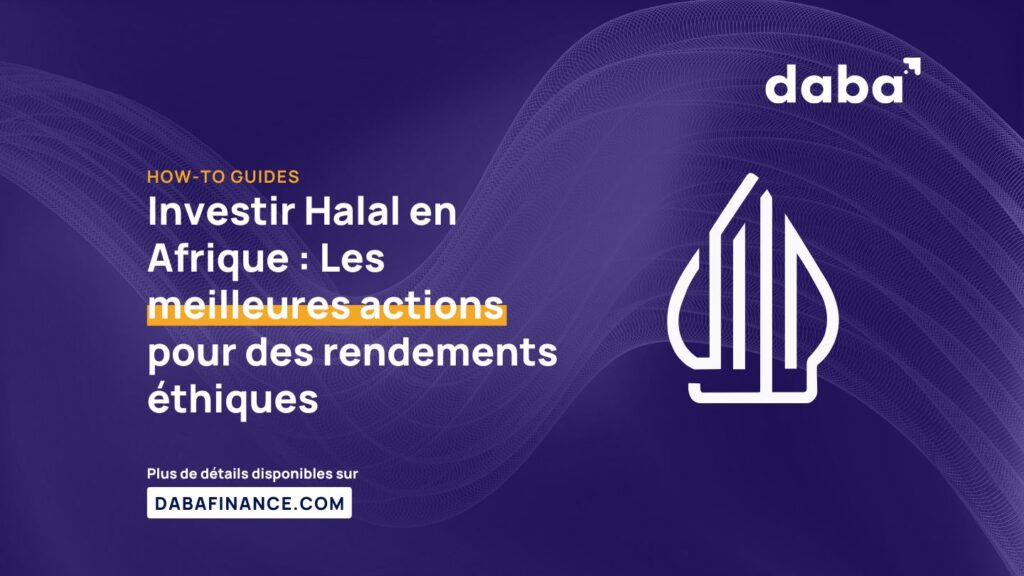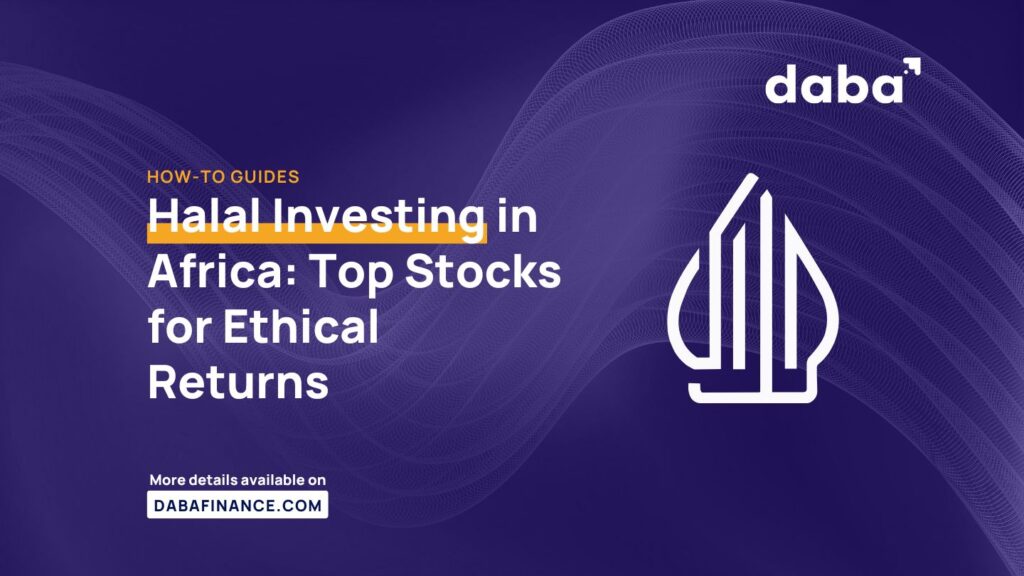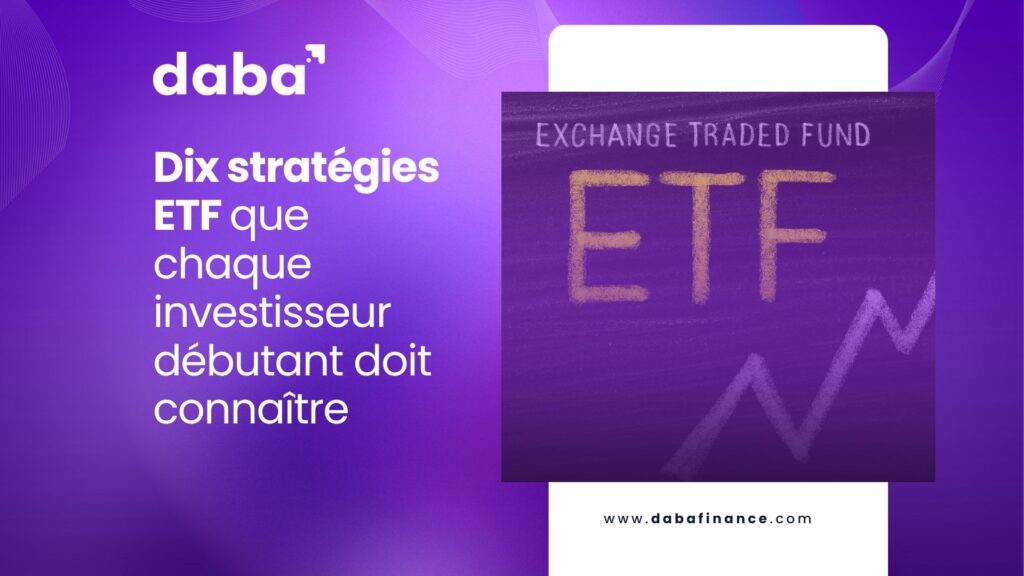These rounds involve equity financing, where startups offer ownership stakes in exchange for capital, enabling them to scale, innovate, and compete.
Securing funding is a critical step for startups aiming to grow and achieve their business goals. Funding rounds—ranging from Series A to Series E—serve as milestones that reflect the maturity and strategic direction of a company.
These rounds involve equity financing, where startups offer ownership stakes in exchange for capital, enabling them to scale, innovate, and compete in their industries.
In this guide, we demystify the various series of funding and provide clarity on their purposes and nuances.
What is Series Funding?
Series funding refers to stages of investment, each corresponding to a specific phase in a startup’s growth journey.
Starting with seed funding, which helps a startup launch, subsequent rounds (Series A, B, C, and beyond) support scaling, market expansion, and product innovation. These funding rounds not only bring in necessary capital but also validate the startup’s business model and potential.
Pre-Seed and Seed Funding
Pre-seed funding represents the earliest stage of a startup’s journey, often coming from personal savings, friends, family, or angel investors. It helps lay the foundation for a business idea, allowing founders to conduct preliminary market research or develop prototypes.
Also Read: What is Pre-Seed Funding? A Guide For Founders
Seed funding, the first formal equity round, aims to refine the business idea, build the product, and identify the target audience. It supports hiring a core team, developing the product, and initiating go-to-market strategies. Venture capital firms, angel investors, and startup accelerators often participate at this stage.
Also Read: What is Seed Funding? Crucial First Step in Startup Financing
Series A: Building a Sustainable Business
Series A is the first significant round after seed funding. Startups use this stage to refine their product, scale customer acquisition, and establish a solid business model. Investors look for startups with a proven product-market fit and a clear roadmap for scaling revenue.
Valuations for Series A companies typically range between $10 million and $15 million, and funding amounts vary from $2 million to $15 million or more, depending on industry and market conditions.
Notable players in this round include venture capital firms and sometimes institutional investors. The funds are often used to enhance marketing efforts, expand teams, and further product development.
Also Read: What is Series A Funding? A Guide for Growing Startups
Series B: Scaling the Operations
Series B funding is focused on scaling operations and expanding market presence. At this stage, startups typically have a growing customer base, a refined product, and visible revenue streams. The funds help strengthen operational capabilities, expand into new markets, and build strategic partnerships.
Investors in Series B include existing backers and later-stage venture capital firms. The typical funding amount ranges from $10 million to $30 million, and valuations often fall between $30 million and $60 million.
Series C: Accelerating Expansion
By the time a startup reaches Series C, it is well-established, with significant revenues and market presence. Series C funding is used to scale globally, develop new products, acquire other companies, or enter new markets. It also often serves as a prelude to an IPO or acquisition.
Valuations at this stage typically exceed $100 million, and funding rounds may bring in tens or hundreds of millions of dollars. Investors in Series C often include hedge funds, private equity firms, and large institutional players.
Series D: Fine-Tuning Growth
Series D funding is less common but may occur if a startup needs additional capital for growth or repositioning before an IPO. It often involves complex negotiations and is used to address unmet milestones, support international expansion, or enhance product offerings.
Funding at this stage typically exceeds $100 million, and investors focus on opportunities for strong returns and a clear path to exit.
Series E and Beyond: Preparing for an IPO or Acquisition
Series E funding is rare and usually represents the final stage before going public or being acquired. It is used to stabilize finances, finalize preparations for an IPO, or pursue aggressive market expansion.
At this advanced stage, valuations and funding amounts are substantial, reflecting the company’s maturity and market position.
Key Differences Between Funding Rounds
The primary differences between funding rounds lie in their objectives and investor expectations:
- Series A vs. Series B: Series A focuses on establishing a business model and early scaling, while Series B emphasizes scaling proven successes and operational expansion.
- Series B vs. Series C: Series B is about scaling within established markets, whereas Series C aims for global expansion, acquisitions, and pre-IPO growth.
- Series A vs. Series F: While Series A represents the first major funding round, Series F is an advanced stage often targeting final expansion or specific strategic goals.
Why the Naming Convention?
The naming convention—Series A, B, C, etc.—stems from the type of preferred stock issued during each round. It signifies the progression of a company’s growth and maturity.
Also Read: What is Angel Investing? A Complete Guide
Typical Timelines Between Funding Rounds
The time between Series A and Series B varies but often spans 12 to 24 months. This gap allows startups to achieve the milestones necessary to secure the next round of funding.
Challenges and Risks
While funding rounds provide vital resources for growth, they also come with challenges, including ownership dilution, heightened expectations, and operational pressures. Each round demands a clear strategy, robust metrics, and investor confidence to succeed.
Conclusion
Series funding is a structured approach that aligns a startup’s capital needs with its growth trajectory. Each stage brings unique opportunities and challenges, enabling startups to transform ideas into scalable, sustainable businesses. Understanding these funding dynamics is essential for entrepreneurs seeking to navigate the complex world of startup investments.
